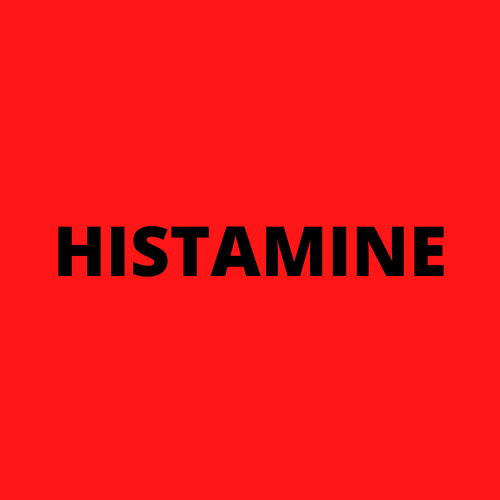
ADZUKI BEAN (RED BEAN) ALLERGY
Key Allergens
Adzuki beans are also known as red beans and are the species Vigna angularis, so are similar to Vigna mungo (black gram beans), Vigna unguiculata (black eyed peas) and Vigna radiata, which are green gram beans (also known as mung beans).
Adzuki beans are legumes in the family Fabaceae which includes many types of beans, pea, peanuts, lentils, lupin and soya.
To date there are no recorded allergens for adzuki beans by the World Health Organization (WHO), because there have not been enough study into allergic effects from this food. If you are interested in what is needed by the WHO before they add an allergen to their allergen database you can check that out HERE.
Mung beans contain 7S seed storage proteins and Bet v 1 proteins which are linked to Pollen Food Allergy Syndrome. There is a possibility that adzuki beans contain similar proteins.
Adzuki beans are legumes in the family Fabaceae which includes many types of beans, pea, peanuts, lentils, lupin and soya.
To date there are no recorded allergens for adzuki beans by the World Health Organization (WHO), because there have not been enough study into allergic effects from this food. If you are interested in what is needed by the WHO before they add an allergen to their allergen database you can check that out HERE.
Mung beans contain 7S seed storage proteins and Bet v 1 proteins which are linked to Pollen Food Allergy Syndrome. There is a possibility that adzuki beans contain similar proteins.
Food Intolerances



Legumes are difficult to categorise when it comes to food intolerances, the more reliable sources have shown them to be high in histamine but low in salicylates and lectins.
Lectins in particular can be reduced by cooking legumes well. Canned beans are pre-soaked so cause less issues than those that are dried. Dried pulses need to be soaked well before cooking to reduce the lectins in the food.
You can read more about Food Intolerances on the dedicated Food Intolerance Page.
Associated Syndromes
Cross Reactivity
Other plants in the Fabaceae family of plants includes arabic gum, peanut, carob bean, chickpeas, guar gum, soya, lentils, lupin, runner beans, butter beans, grren beans, kidney beans, peas, tamarind, fenugreek, broad beans, black gram beans, mung beans and black eyed peas.
Other foods containing 7S seed storage proteins include mung beans, fenugreek, sesame seeds, chia seeds, peas, pistachio, macadamia nuts, lupin, lentil, walnut, edamame beans, soya, buckwheat, hazelnut, coconut, chickpea, quinoa, pecan, peanut and cashew nuts.
Other foods containing Bet v 1 proteins include mung beans, fenugreek, tomato, raspberry, pear, peach, almond, plum, cherry, apricot, aniseed, parsley, parsnip, poppy seed, apple, walnut, soya. strawberry, fig, persimmon fruit, carrot, melon, hazelnut, chestnut, jackfruit, peanut, celery, dill and kiwi.
Note these food lists are not exhaustive, the most up to date information is on the Cross Reactivity Tool.
Other foods containing 7S seed storage proteins include mung beans, fenugreek, sesame seeds, chia seeds, peas, pistachio, macadamia nuts, lupin, lentil, walnut, edamame beans, soya, buckwheat, hazelnut, coconut, chickpea, quinoa, pecan, peanut and cashew nuts.
Other foods containing Bet v 1 proteins include mung beans, fenugreek, tomato, raspberry, pear, peach, almond, plum, cherry, apricot, aniseed, parsley, parsnip, poppy seed, apple, walnut, soya. strawberry, fig, persimmon fruit, carrot, melon, hazelnut, chestnut, jackfruit, peanut, celery, dill and kiwi.
Note these food lists are not exhaustive, the most up to date information is on the Cross Reactivity Tool.
Resources
Websites
Science Direct - Vigna angularis
ATP Science - Salicylate Food List
Anaphylaxis Campaign - Legumes & Pulses
Nottingham Eczema - Legume Allergy
Articles and Journals
Identification of allergens in Azuki (Adzuki) bean allergy, 2023
Azuki Bean Allergy in a Japanese Child: a Case Report, 2015
Let me know if you found any of these interesting or useful.
If you spot an article or research that you think is interesting you can message me or tag me on Facebook, Instagram or Twitter - links at the bottom of the page.